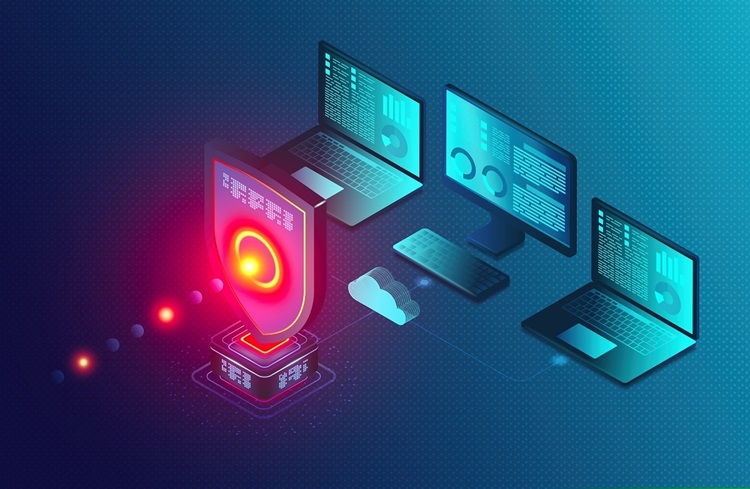In the contemporary digital landscape, where cyber threats loom large and security breaches pose significant risks, mastering threat intelligence and incident response is paramount for organizations striving to fortify their cybersecurity posture. At the core of safeguarding sensitive data and mitigating potential risks lies a proactive approach bolstered by robust threat intelligence frameworks and swift incident response protocols.
Understanding Threat Intelligence
Threat intelligence serves as the cornerstone of a proactive cybersecurity strategy, empowering organizations to anticipate and thwart potential threats before they materialize into full-fledged attacks. It encompasses the gathering, analysis, and dissemination of information pertaining to various cyber threats, including malware, phishing attempts, vulnerabilities, and emerging attack vectors.
Types of Threat Intelligence
- Strategic Intelligence: Provides high-level insights into the broader threat landscape, including the tactics, techniques, and procedures (TTPs) employed by threat actors, geopolitical trends, and industry-specific risks.
- Tactical Intelligence: Delivers actionable insights into specific threats, such as indicators of compromise (IOCs), malware signatures, and suspicious IP addresses, enabling proactive threat detection and mitigation.
- Operational Intelligence: Focuses on real-time monitoring and analysis of cyber threats, enabling organizations to adapt their defensive measures rapidly and effectively in response to evolving threats.
Implementing Effective Threat Intelligence Practices
To leverage threat intelligence effectively, organizations must adopt a comprehensive approach that encompasses the following key practices:
1. Continuous Monitoring and Analysis
Implement robust mechanisms for continuously monitoring the digital landscape, leveraging automated tools and threat intelligence platforms to gather, analyze, and prioritize threat data in real time.
2. Collaboration and Information Sharing
Foster collaboration with industry peers, government agencies, and cybersecurity communities to exchange threat intelligence, share best practices, and collectively combat emerging threats.
3. Integration with Security Infrastructure
Integrate threat intelligence feeds seamlessly into existing security infrastructure, including security information and event management (SIEM) systems, intrusion detection/prevention systems (IDS/IPS), and endpoint security solutions, to enhance threat detection and response capabilities.
4. Threat Hunting
Adopt proactive threat hunting techniques to identify and neutralize potential threats that may evade traditional security controls, leveraging threat intelligence to guide investigative efforts and identify anomalous behavior indicative of malicious activity.
The Crucial Role of Incident Response
While proactive threat intelligence efforts are essential for preemptive threat mitigation, organizations must also maintain a robust incident response capability to swiftly contain and remediate security incidents when they occur. An effective incident response plan encompasses the following key elements:
1. Preparation and Planning
Develop comprehensive incident response plans detailing roles, responsibilities, and procedures for responding to security incidents, including escalation protocols, communication strategies, and post-incident analysis.
2. Rapid Detection and Response
Deploy automated detection mechanisms and real-time monitoring capabilities to swiftly identify security incidents as they occur, enabling rapid containment and mitigation to minimize the impact on business operations.
3. Forensic Analysis
Conduct thorough forensic analysis of security incidents to identify the root cause, extent of the compromise, and potential impact on critical systems and data, facilitating informed decision-making and remediation efforts.
4. Continuous Improvement
Regularly review and update incident response plans based on lessons learned from past incidents, emerging threats, and changes in the organizational environment, ensuring continuous improvement and readiness to address evolving cyber threats.
Conclusion
In an era defined by escalating cyber threats and increasingly sophisticated attack vectors, organizations must prioritize the mastery of threat intelligence and incident response to safeguard their digital assets and preserve business continuity. By adopting proactive threat intelligence practices and maintaining a robust incident response capability, organizations can effectively mitigate risks, thwart potential threats, and navigate the complex cybersecurity landscape with confidence.





0 comments:
Post a Comment